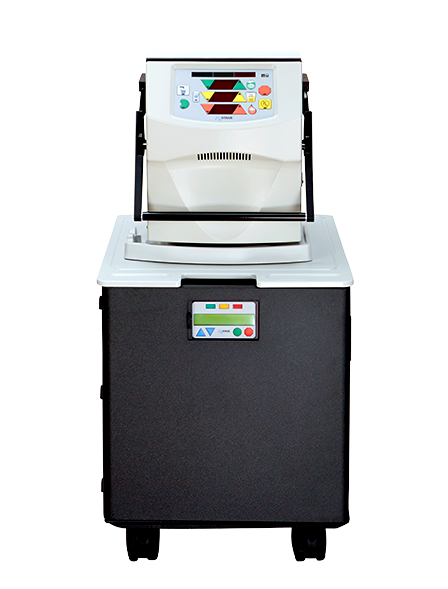
Becoming a care partner
Home hemodialysis, as you may already know, is available in different therapy options (frequency, duration, etc.). What you may not know is that there is also an option for treating without a care partner, provided that a patient’s physician agrees that solo home hemodialysis is appropriate.
Patient Success Stories
Understand. Overcome. Thrive.
Performing hemodialysis treatments at home may improve patients’ quality of life and provide clinical benefits. Find out more about some of the patients whose lives changed with more frequent home hemodialysis using NxStage System One.
Watch Don's Story
Patients. Partners. Guides.
If you are interested in finding more about home hemodialysis with NxStage System One, please reach out to a Patient Consultant today. Our consultants are all former or current NxStage patients or care partners so they have direct, personal experience with kidney disease, home hemodialysis treatments, and how NxStage may be able to help.
Talk to a Patient ConsultantRisks and Responsibilities
The reported benefits of home hemodialysis may not be experienced by all patients.
Home hemodialysis with NxStage during waking hours may not require a care partner, provided a physician and a trained and qualified patient agree that solo home hemodialysis is appropriate. However, patients performing nocturnal treatments are still required to have a trained care partner. Care partners are trained on and follow system guidelines for proper operation and on what to do and how to get medical or technical help if needed.
The NxStage System One is a prescription device and, like all medical devices, involves some risks. The risks associated with hemodialysis treatments in any environment include, but are not limited to, high blood pressure, fluid overload, low blood pressure, heart-related issues, and vascular access complications. The medical devices used in hemodialysis therapies may add additional risks including air entering the bloodstream, and blood loss due to clotting or accidental disconnection of the blood tubing set.
A trained and qualified patient may dialyze alone, without a care partner present (solo home hemodialysis), provided the patient and physician agree that solo home hemodialysis is appropriate. Certain risks associated with hemodialysis treatment are increased when performing solo home hemodialysis because no one is present to help the patient respond to health emergencies. If patients experience needles coming out, blood loss, or very low blood pressure during solo home hemodialysis, they may lose consciousness or become physically unable to correct the health emergency. Losing consciousness or otherwise becoming impaired during any health emergency while alone could result in significant injury or death. Additional ancillary devices and training are required when performing solo home hemodialysis. Patients should consult with their physician to understand the risks and responsibilities associated with solo home hemodialysis using the NxStage System One.
Certain risks associated with hemodialysis treatment are increased when performing nocturnal therapy due to the length of treatment time and because therapy is performed while the patient and care partner are sleeping. These risks include, but are not limited to, blood access disconnects and blood loss during sleep, blood clotting due to slower blood flow or increased treatment time or both, and delayed response to alarms when waking from sleep. Patients should consult with their physician to understand the risks and responsibilities associated with home nocturnal hemodialysis using the NxStage System One.
Patients should consult with their doctor to understand the risks and responsibilities of home and/or more frequent hemodialysis using the NxStage System One.






